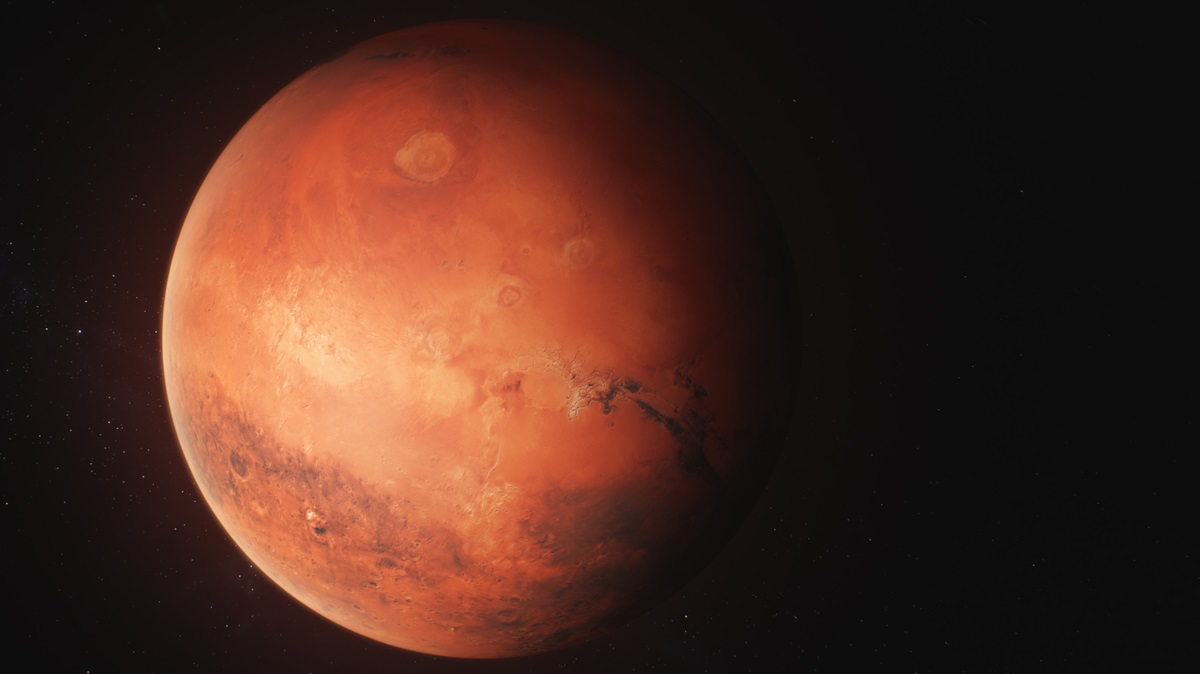Scientists have come up with a theoretical proposal to warm Mars to thicken the Red Planet’s atmosphere, melt its glaciers and provide water to sustain life.
And all of that can be done, the researchers claim, with metal nanorods made from elements found in the Martian soil itself.
The far-fetched plan is detailed in a paper published in Science Advances.
But perhaps it is not so unreasonable.
According to computer simulations, the hypothetical strategy could be 5,000 times more effective than others which focus on using greenhouse gases to thaw Mars. This is largely because ingredients for making greenhouse gases on Mars are few and far between.
One drawback is that it would take centuries for the proposed method to work.
The new strategy involves aerosolising 9-micrometre-long rods made from iron and aluminium which can be found on Mars.
These rods are similar in size to Martian dust, but their physical properties would mean they take 10 times longer to settle back to the planet’s surface.
Results from a one-dimensional computer simulation showed the rods were effective in amplifying sunlight as it reaches Mars and block ground heat from escaping.
Sustained release of 30 litres of the nanorods per second over a 10-year period would see the planet’s temperature rise by 30°C, causing ice melt.
This would in-turn create a feedback loop due to increased atmospheric pressure which could see a further rise in temperature within a few months.
“One-third of Mars’ surface has shallow-buried H2O, but it is currently too cold for use by life,” the authors write.
“Dry river valleys cross Mars’s once-habitable surface, but today the icy soil is too cold for Earth-derived life,” they say. “Streams may have flowed as recently as 600 thousand years ago, hinting at a planet on the cusp of habitability.”
But the process would still take centuries and is not guaranteed to lead to conditions which could support human life.
“Raising Mars’ temperature, by itself, is not sufficient to make the planet’s surface habitable for oxygenic photosynthetic life,” the authors say. “On the other hand, if a photosynthetic biosphere can be established on the surface of Mars, perhaps with the aid of synthetic biology, that might increase the Solar System’s capacity for human flourishing.”




















Discussion about this post